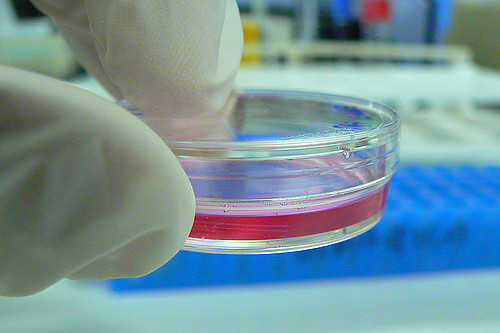Aggregated News

Using stem cells in grown-on 3D scaffolding in a laboratory petri dish, scientists have for the first time created an embryo made entirely from stem cells.
The artificial mouse embryo, detailed this month in the journal Science, is a major step toward creating synthetic embryos that closely resemble natural ones. It could shed light on early development and help improve fertility treatment procedures.
Cambridge biologist Magdalena Zernicka-Goetz, whose work focuses on the development of cell lineages, has long sought the development of an artificial embryo. But without using an egg in some way, scientists have had difficulty getting cells to communicate with each other early in development. Scientists managed to clone Dolly the sheep, for example, without requiring a ram’s sperm, but they still required an egg cell to fuse the cloned adult DNA with.
The Cambridge team got around this issue by taking embryonic stem cells (cells found in embryos that can mature into any type of body tissue) and growing them alongside trophoblast stem cells (the cells that produce the placenta). After growing the two...



